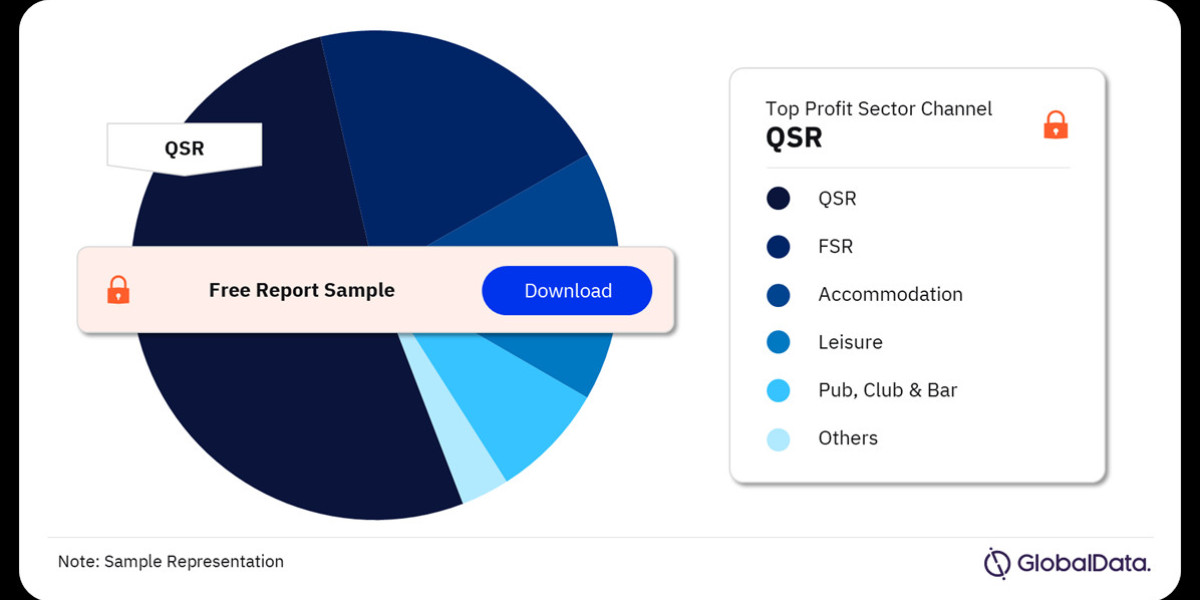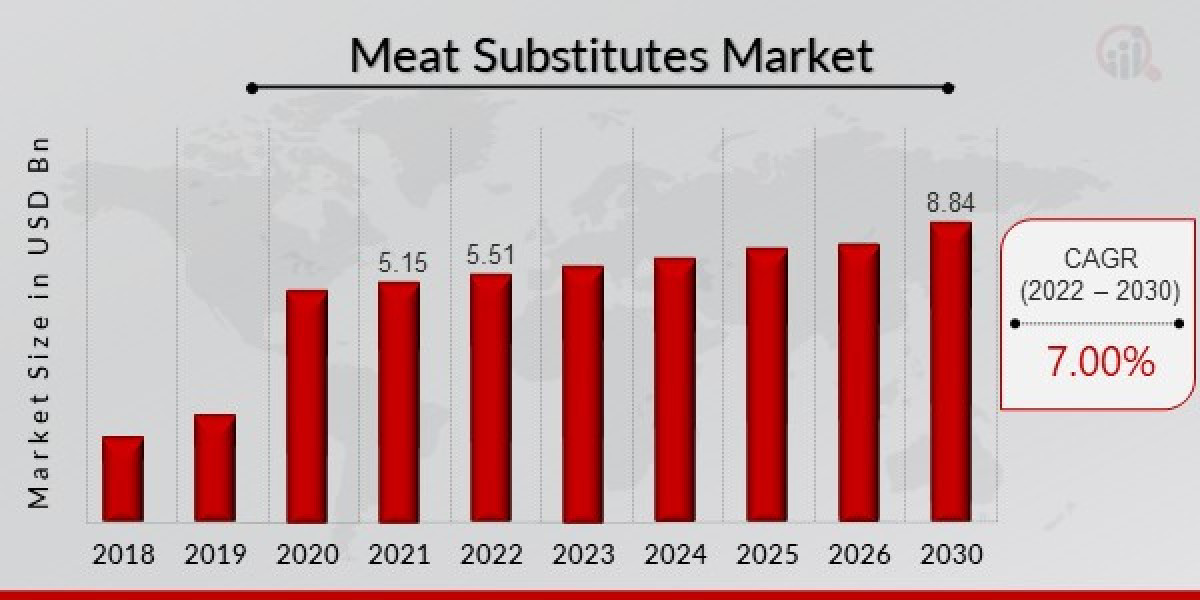The U.S. foodservice industry is a massive and dynamic sector, encompassing a vast array of establishments that cater to our ever-evolving desires for delicious meals and convenient dining experiences. From fine-dining restaurants to bustling food trucks and the ubiquitous quick-service chains, this market thrives on innovation, consumer trends, and a deep love for good food.
Market Size and Growth Trajectory
The U.S. foodservice market is a true giant. In 2022, its value was estimated at a staggering USD 824.61 billion, and analysts predict continued growth at an impressive Compound Annual Growth Rate (CAGR) of 10.03%, reaching a projected value of USD 1.77 trillion by 2030 [2]. This upward trend signifies the increasing importance of foodservice in American life, with consumers spending a significant portion of their disposable income on dining out.
Market Segmentation: A Slice of the Pie
The U.S. foodservice market is a diverse landscape, segmented by various factors like service style, cuisine type, and location. Here's a closer look at some key segments:
By Service Style:
Quick Service Restaurants (QSRs): Undoubtedly the dominant force, QSRs like McDonald's, KFC, and Subway offer fast, affordable meals with standardized menus and self-service elements. Their convenience and value proposition are a major draw for busy consumers.
Full-Service Restaurants: These establishments provide a more elaborate dining experience with table service, waiters, and a wider variety of menu options. They cater to special occasions, celebrations, and customers seeking a more personalized dining atmosphere.
Limited-Service Restaurants: This category falls between QSRs and full-service restaurants. Examples include Chipotle Mexican Grill and Panera Bread, offering a more focused menu with some level of customization but without the full-fledged table service experience.
Other Segments: This includes a wide range of establishments like cafeterias, catering services, vending machines, and hospitality foodservice (hotels and resorts).
By Cuisine Type: The U.S. foodservice market boasts a rich tapestry of culinary influences. American cuisine remains popular, but ethnic flavors like Italian, Chinese, Mexican, and Indian are increasingly sought after, reflecting the nation's diverse population and adventurous palates.
By Location: Urban areas with high population densities tend to have a higher concentration of foodservice establishments, catering to a wider range of customer needs. Suburban and rural areas might have a higher concentration of chain restaurants and family-friendly dining options.
Factors Driving the Market
Several key drivers propel the U.S. foodservice market forward:
Busy Lifestyles: With hectic work schedules and longer commutes, consumers are increasingly turning to convenient dining options like QSRs and online food delivery services.
Rising Disposable Income: As disposable income levels rise, consumers have more money to spend on dining out, leading to increased market size.
Changing Demographics: The U.S. population is aging, and with it comes a growing segment of older adults who may be more likely to dine out due to factors like smaller household sizes and reduced cooking time.
Technological Advancements: The rise of online food ordering and delivery platforms like DoorDash and Grubhub has revolutionized the foodservice industry, offering unparalleled convenience to customers.
Ethnic Cuisine Cravings: The growing popularity of ethnic cuisines is driving demand for new and exciting restaurant concepts that cater to diverse palates.
Challenges and Considerations
Despite its robust growth, the U.S. foodservice market faces some significant challenges:
Labor Shortages: The industry is grappling with a shortage of skilled workers, impacting service quality and potentially leading to higher menu prices.
Rising Food Costs: Fluctuations in food prices can strain restaurant profit margins, forcing them to adapt menus or raise prices.
Competition: The market is highly competitive, with new restaurants constantly emerging. This necessitates continuous innovation and adaptation to retain customers.
Sustainability Concerns: Consumers are increasingly conscious of environmental and ethical issues, pressuring foodservice establishments to adopt sustainable practices and source ingredients responsibly.
The Future of the U.S. Foodservice Market
The U.S. foodservice market is poised for continued growth and transformation. Here are some key trends to watch:
Personalization: Restaurants will leverage technology to offer more personalized dining experiences, catering to specific dietary needs and preferences.
Delivery and Takeout Dominance: Online food ordering and delivery will likely continue to grow, with restaurants optimizing their offerings for takeout and delivery convenience.
Buy the Full Report for More Insights on the US Foodservice Market Forecast, Download A Free Sample Report



